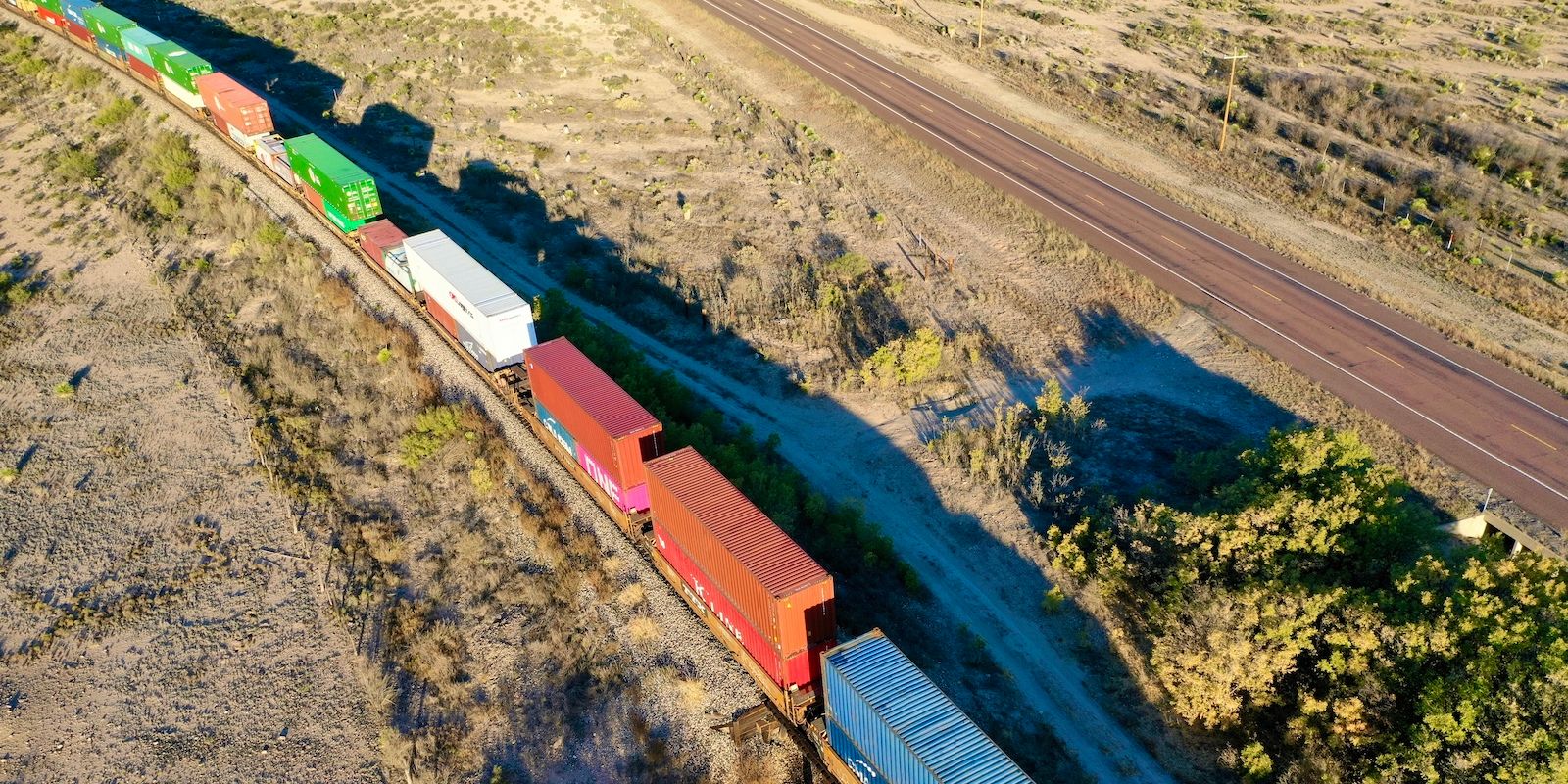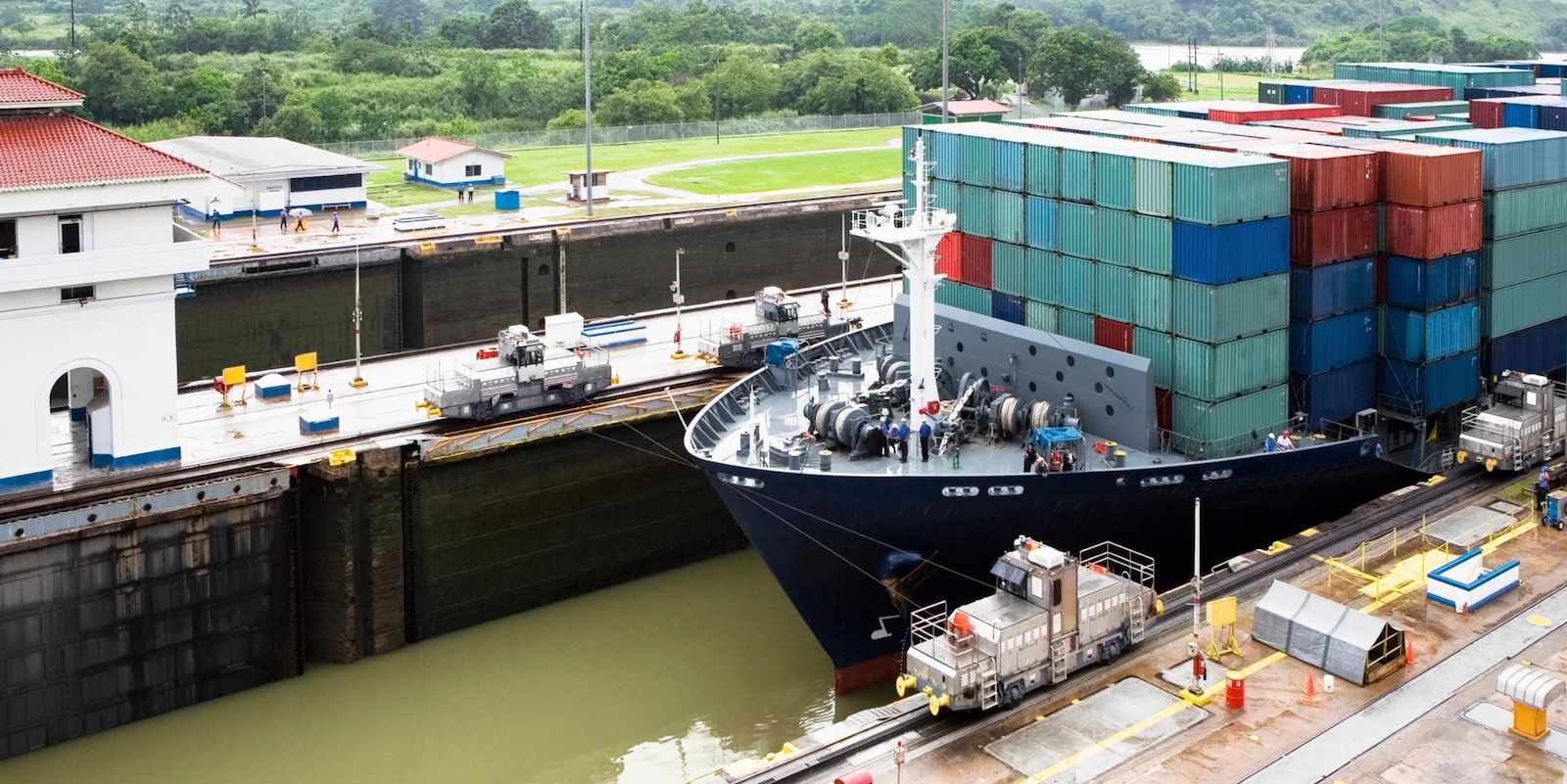
February 13, 2023
Yet So Far – Nearshoring in North America

Interest in nearshoring grew with pandemic-era concerns about the robustness and security of supply chains, the idea being that sourcing closer to home could help protect against future disruptions. But what would nearshoring look like for the US? Presumably it would be an increase in the share of imports sourced from neighbors, namely Canada and Mexico (the near shores, as it were). We haven’t seen that, though. At least not yet.
From a constant low hum, talk of nearshoring is reaching a near-crescendo. In Washington over the past few weeks, it seems not more than a few days pass without an announcement of a new policy aimed at bringing production closer to home, if not directly on-shore. Though differing slightly in approach, each uses a mix of the supply chain and trade buzzwords of the moment: resilience, security, regional(ization), and in some instances, explicitly calls for nearshoring.
Should they be enacted, the actual effect measures like these could have on trade flows is difficult to forecast. And seemingly substantial as the recent anecdotal evidence regarding nearshoring appears, especially in Mexico, the plural of anecdote is not data, much as some wish it so.
Mexico, along with Canada, are presumed to already be the beneficiaries of two specific US trade policy measures that should have incentivized nearshoring even if they weren’t necessarily conceived and implemented to that end: the Trump administration’s section 301 tariffs on China (which the Biden administration has mostly left in place) and the renegotiation of NAFTA, now called the US-Mexico-Canada Agreement, or USMCA.
The actual data shows almost no movement of trade to North America, however. The chart below tracks the share of nominal US imports from 2017 through to the end of 2022. It includes China, as well as Vietnam, a country that has been receiving a similar amount of attention in the context of supply chains shifting. Vietnam doesn’t enjoy the same advantages of market access and geographic proximity as Canada and Mexico, but it has other attractive traits for manufacturers, so is a useful reference.

A few points stand out. One is that the share of U.S. goods imports from Canada and Mexico (the dark blue line) have been more or less flat over the past five years. In Q4 2022 they accounted for 26.9% of the total; that figure never exceeded 29% between 2017 - 2022. Considering the fall in China’s share (red line), beginning in late 2021, you would expect to see an appreciable uptick from Canada and Mexico–combined or separately–if nearshoring was in progress. That is not the case. From the top-level data, it appears that Vietnam (seafoam blue) has gained at China’s expense, with the nominal value of its imports tripling to reach a new quarterly high of $34.7 billion in Q3 2022. But because it was from a low base, it has yet to rise above a 4.1% overall share and was down to 3.6% in the latest quarter.
So what does this tell us about nearshoring? Most of all, that it’s far more difficult to achieve than is commonly asserted by its proponents. Supply chains are “sticky,” a term used to describe the difficulty involved for most industries in restructuring their global networks for parts and components and final assembly. Preferential market access, subsidies and tax breaks, and geographic proximity are often insufficient inducements for firms to write-off the sunk costs of long-established, far-flung supply chains. And there are numerous other factors firms consider, an abundant supply of local labor and reliable infrastructure being prominent among them.
That is not to say supply chains don’t shift. The above is far from a complete test; underneath the aggregate, nominal data there is likely some evidence of nearshoring. Apparel and consumer electronics, along with automotives, are key sectors we are going to continue tracking in the coming months for indications of a shift. Watch this space.
Disclaimer: The contents of this report are made available for informational purposes only and should not be relied upon for any legal, business, or financial decisions. Flexport does not guarantee, represent, or warrant any of the contents of this report because they are based on our current beliefs, expectations, and assumptions, about which there can be no assurance due to various anticipated and unanticipated events that may occur. This report has been prepared to the best of our knowledge and research; however, the information presented herein may not reflect the most current regulatory or industry developments. Neither Flexport nor its advisors or affiliates shall be liable for any losses that arise in any way due to the reliance on the contents contained in this report.
About the Author








